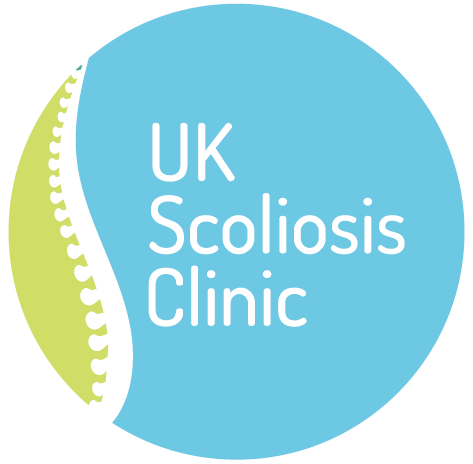Explore Treatments
Learn More
Observation (Wait and see)

Observation (or the wait and see) approach is often recommended in scoliosis cases in the UK. Sadly this approach fails thousands of scoliosis patients each year, and leads to many surgeries which could have been avoided.
What is observation?
Observation means simply watching and waiting to see if a scoliosis case gets worse. Fundamentally, the approach is based upon the (now outdated) view that surgery is the only effective option for scoliosis treatment. Historically this was the case – so doctors would simply recommend that patients monitor their scoliosis and hope it did not develop. Today non-surgical approaches are highly effective so observation is essentially redundant.
Our analysis
Catching scoliosis early with screening, and then taking appropriate action to stabilise and correct the cobb angle is the key to a successful outcome. Our message today, to parents in particular, is to have your children screened regularly and act on any concerns you may have. Unfortunately, many medical professionals today are still unaware of the non-surgical options for treating scoliosis and how effective they can be – unlike 20 years ago, today the prognosis is a good one.
Learn more
-
How does observation work?
Observation is not a treatment for scoliosis, it is simply the act of watching and waiting – sadly, scoliosis almost never resolves without treatment. Research has demonstrated that Juvenile scoliosis greater than 30 degrees increases rapidly and presents a 100% prognosis for surgery, whereas curves from 21 to 30 degrees are more difficult to predict but can frequently end up requiring surgery, or at least causing significant disability.[1]
-
How effective is observation?
Observation most often leads to the patient eventually requiring surgery. By contrast, today, through modern bracing technology, it has been demonstrated that conservative treatment with a brace is now highly effective in treating juvenile idiopathic scoliosis. In one recent study of 113 patients, the vast majority achieved a complete curve correction and only 4.9% of patients needed surgery.[2]
-
When to choose observation
Today, the availably of, and high rates of success associated with, non-surgical treatments mean that observation is never the best choice.
-
Research and References
[1] Progression risk of idiopathic juvenile scoliosis during pubertal growth, Charles YP, Daures JP, de Rosa V, Diméglio A. Spine 2006 Aug 1;31(17):1933-42.
[2] ‘Brace treatment in juvenile idiopathic scoliosis: a prospective study in accordance with the SRS criteria for bracing studies – SOSORT award 2013 winner‘ Angelo G Aulisa, Vincenzo Guzzanti, Emanuele Marzetti,Marco Giordano, Francesco Falciglia and Lorenzo Aulisa, Scoliosis 2014 9:3 DOI: 10.1186/1748-7161-9-3
Need advice?
Learn more about scoliosis and book a free consultation at the UK Scoliosis Clinic .
Learn More